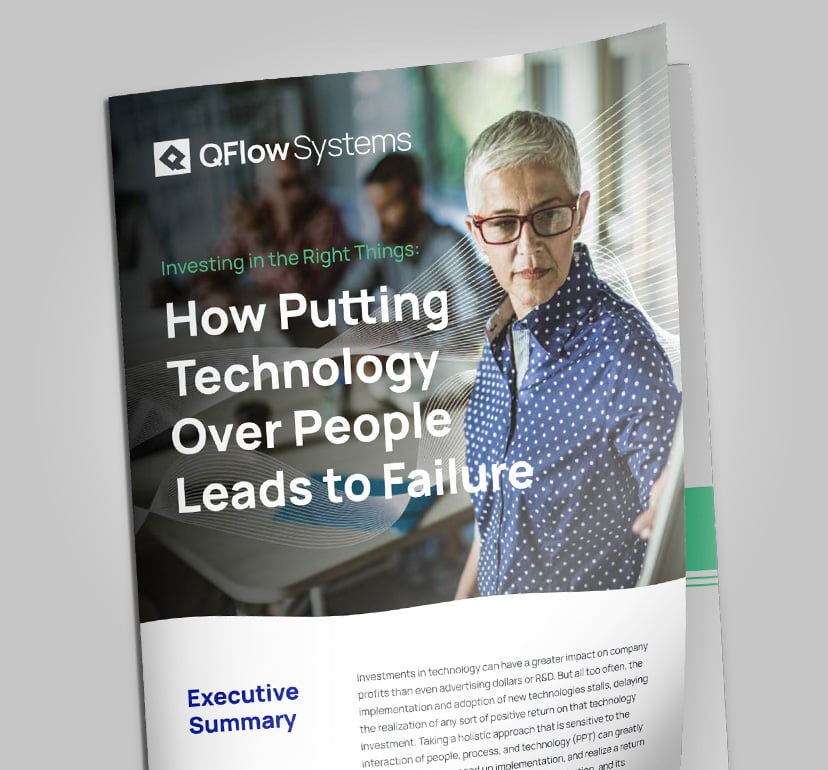Dependency injections are transforming the way government organizations manage their records by allowing records managers to tailor processes to their environment, manage and access records with ease, and enhance security throughout the records lifecycle without worrying about maintainability when your other systems change over time. When software products are designed using dependency injections, it creates the ultimate future-proof solution that allows systems and applications to work together seamlessly as individual components evolve.
What is a Dependency Injection?
“Dependency injection” is a term most often used in coding contexts among software developers. It’s a technical practice that, as a record manager, you aren’t required to know, but it’s something that can provide significant benefit to your organization. In simple terms, a dependency injection involves creating a separation between a component’s dependencies and the component’s own logic, a practice that allows software systems to be designed in a way that makes it more flexible and easier to maintain.
Let’s compare this concept to a lamp. A dependency injection can occur between two objects, such as a lamp and a light bulb. For the lamp to work the way it was intended, a light bulb is required. However, any changes made to the light bulb (like switching it out with another bulb/brand) doesn’t mean the dependent object needs to be changed. This is a dependency injection at work. The ability to switch out the light bulb will allow you to use the lamp for years to come.
On the other hand, a lamp that was designed to fit a hand-blown, one-of-a-kind light bulb is an example where there’s no dependency injection (referred to as a coupling in the coding world). The lamp is totally reliant on one light bulb to work. This is poor design—when that light bulb burns out, the lamp is rendered useless. The same analogy can be applied to records management. A software that’s compatible with very few other software or systems is a software that’s not built for the future.
Making Government Records More Efficient and Secure
Dependency injections make records management systems more adaptable because they allow individual components to be easily changed without having to manually modify the code of the records management system. For example, if one of your dependent systems changes, the system administrator can plug in the new system in a single location (i.e., the dependency injection configuration) rather than having to modify the code of the records management system. This makes the system easier to maintain over time and reduces the risk of inefficiencies or errors.
Dependency injections provide a level of flexibility and scalability that is critical for government organizations. With dependency injections, record managers can easily add new systems and applications as needed, without having to worry about how they will interact with existing systems. This makes it easier to manage records as the needs of the organization change over time.
Future-Proofing Records Management
Finding a records management system with dependency injections is key when looking for a true future-proof solution for records management. And to determine the right solution for your organization, it’s important to ask the right questions during your product demos. Here’s a list of questions to start with.
- Are your current systems compatible with the ERM system, or will you be required to change systems to implement this new product?
- Can you integrate with multiple repositories?
- Once the system is implemented how are system-wide changes handled, such as changes to dependent systems, security changes, server location changes?
- Can you easily scale the software as your company grows?
- How much support does the development team provide after going live?
- Does anyone on my team have to know code in order to get the maximum benefit from this product?
Demos Done Differently
At QFlow, we’ve worked hard to create the ultimate no-code electronic records management solution (Q-Action) that integrates seamlessly with your existing systems to create a powerfully accurate records management engine for business. Q-Action allows records managers to leverage the powerful combination of dependency injections, automation, and AI for everyday records management processes without requiring a highly technical skillset from you or your team.
We also know that no solution available today is a perfect fit for every organization. We’re committed to helping you in the process to find the right ERM for your agency. If you want to learn more about Q-Action for your agency or agency partner, connect with an expert or request a demo.

